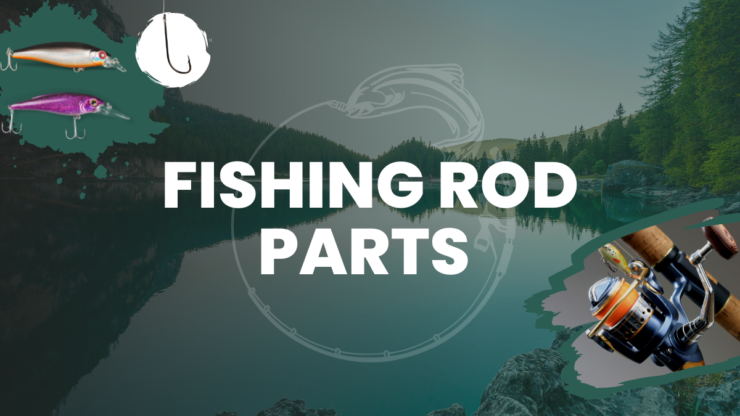Are you a fan of fishing and want to learn more about it? You’re in the right place! Finding details about fishing, including what the parts of a fishing rod are, has never been easier!
Getting acquainted with interesting details about this fun activity will help you understand the magic behind it and allow you to experience the journey in a different way. If you’re only starting to get into fishing and you don’t know many details about it, you’re going to find our guide super helpful.
Not only will you be able to understand how your fishing rod works, but you will also learn all about it in record time! No need to waste time searching the Internet endlessly when you can be on your merry way fishing and having fun. Let’s dive right into it!
Table of Contents
ToggleA Summarized List of Fishing Rod Parts
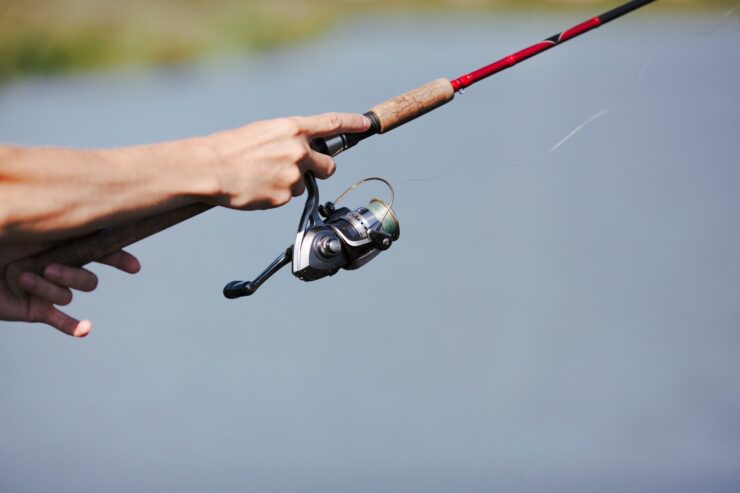
Firstly, we’ll begin by listing all the parts of your fishing rod. That way, you’ll have an idea about how many parts we’re talking about before we get into explaining each of them. Also, we’re starting from the top and making our way to the bottom parts as we go. So, take a look at the list below to find out what a fishing rod consists of:
• Tip Top
• Tip
• Windings
• Guide
• Hook Keeper
• Ferrule
• Butt
• Butt Cap
• Handle
• Reel Seat
• Blank
• Rod
Now that you’re familiar with what fishing rod parts are and have a general idea about them, let’s move on to explaining every part in detail.
A Guide to Understanding Fishing Rod Parts
1. Tip Top
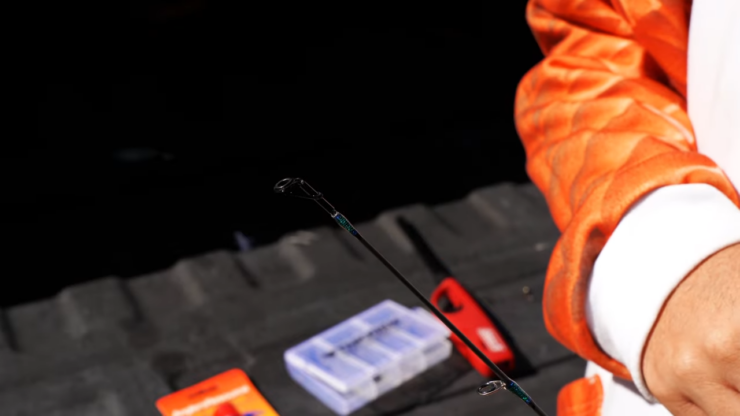
We’ll start with the tip top—the metal guide that is located on the very tip of your rod. The tip top is the final point and component your line will leave to enter the water, and your lure won’t be able to be reeled past this point. This is very beneficial since it prevents tangles and keeps your rod together as a single functioning unit.
This part is also one of the smallest ones on the rod, but it is nonetheless quite important and relevant in measuring key characteristics of the rod, such as action.
2. Tip
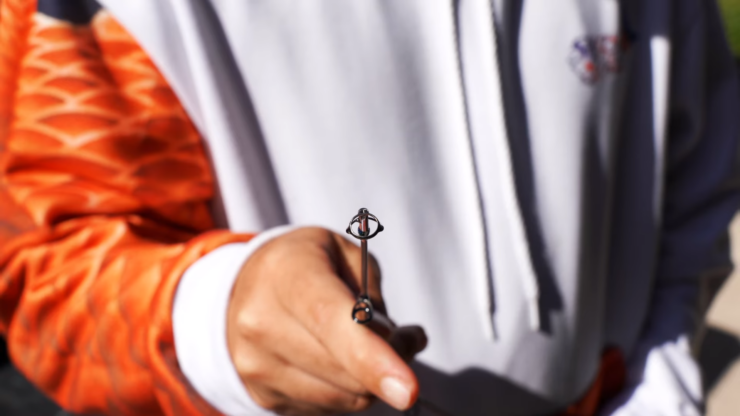
The next part on our list is the tip, which is the upper part of your fishing rod, and it is located right below the tip top. The tip is also considered to be the most flexible part of the fishing rod and is very prone to curve. The tip is also frequently used to measure the rod in reference to the rod’s opposite end.
It can be soft or hard, depending on the brand and what the manufacturer had in mind when designing it. If you’re looking for a stronger tip that offers less flex, a harder tip is what you should get.
3. Windings
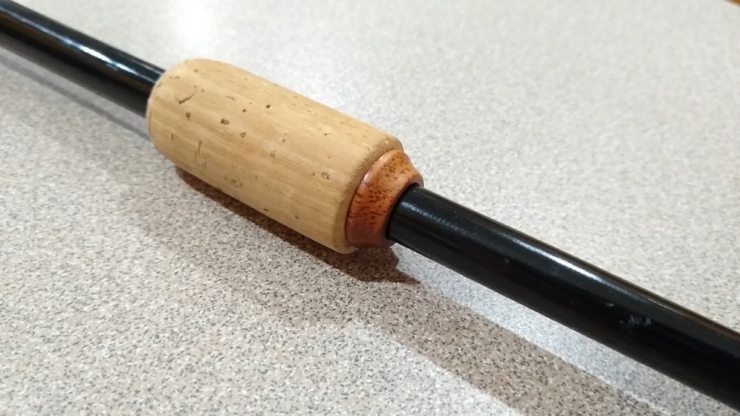
Windings are generally made of string or similar material, and that’s where they get their name from. They are wound around the guides of your rod in an attempt to keep them bound to its body.
Typically, the windings get affixed with a certain glue/adhesive, after which they are painted so that they still look aesthetically pleasing on your rod. This helps protect them as well, and assists in helping to prevent the guides from getting ripped off, but that’s not all. It also reduces the friction of the line moving on the reel.
4. Guides
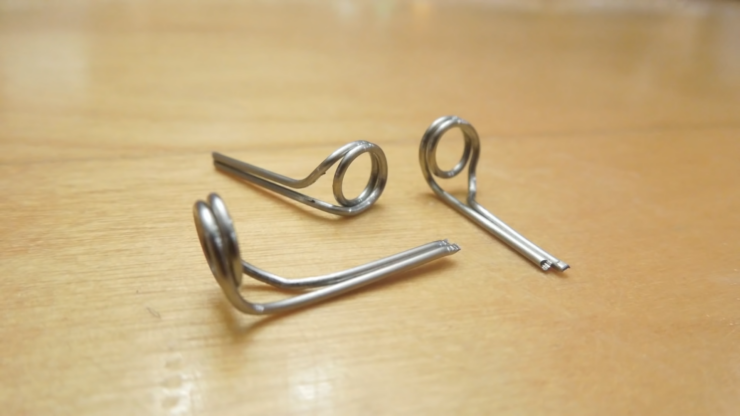
As for the guides, they run the length of your rod, and they also help keep the line going from the reel to the tip. Guides are typically cylindrical in shape, and they are made of various different materials based on the brand in question.
If you’re interested in getting a high-end rod with durable and excellent-quality guides, investing in one with graphite or ceramic guides would be a good call. They will not only provide great service and long service life, but they will also help dampen line friction immensely.
5. Hook Keeper
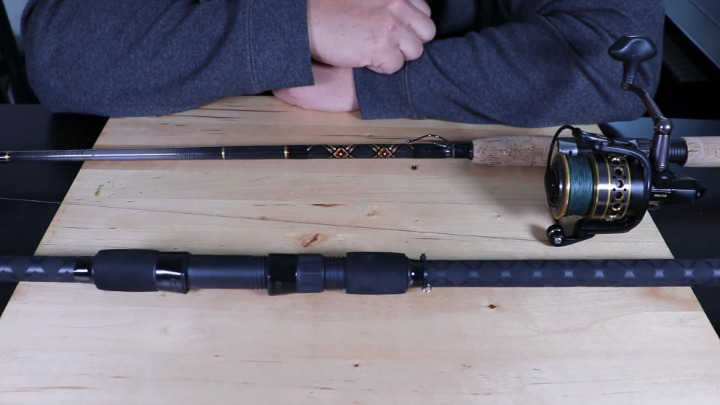
We’ll continue with the hook keeper—a metal ring located on the body of your rod. Hook keepers are an excellent addition to the rod since they help keep everything in place and most importantly, untangled.
Having your line tangled can be so frustrating and annoying, so using your hook keeper to hook the line when you aren’t fishing is very convenient. This is especially useful when you’re transporting your rod, so keep that in mind next time you start packing your fishing equipment.
6. Ferrule
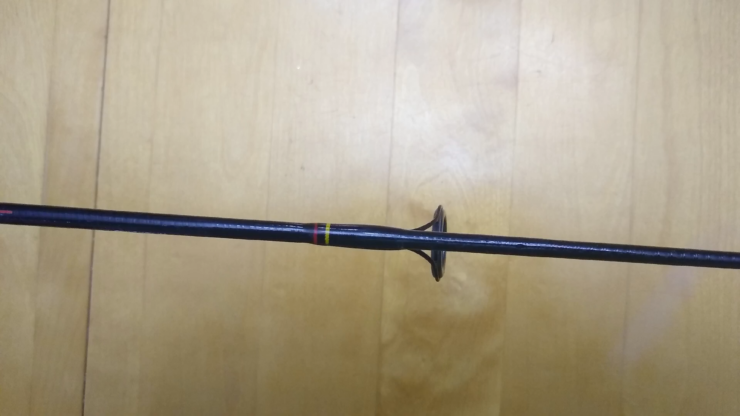
Ferrules are parts that you can see in multi-joined rods and not single-piece units. The ferrule refers to the meeting points of multiple separate rod parts. Ferrules are present in the majority of beginner’s rods since they are typically made of multiple joined parts.
They can also be male or female, where the male ones fit into the joint of a different piece, while female ones will be the ones receiving the opposite ferrule. The important thing is that ferrules need to be super strong to keep the pieces joined together and working, so the stronger the ferrule, the better.
7. Butt
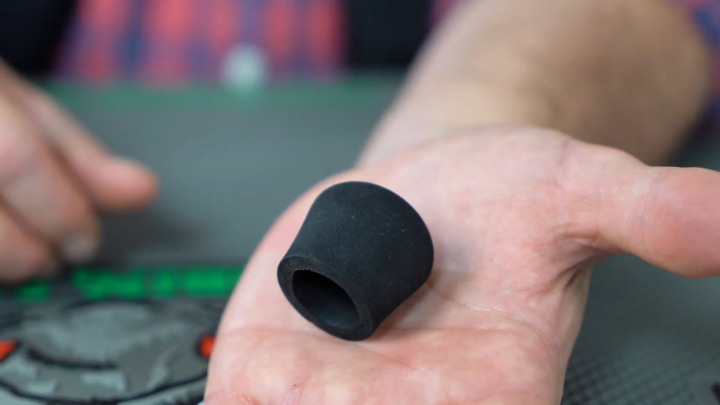
Moving on to the lower part of the rod, we’ll start with the butt. This is normally the thickest part of your rod, and it is found close to the handle. The reason why the butt is important is that it gives the rod a number of functionality levels, as well as aesthetic customization functions.
A lot of butt parts come with additional metal components which come in quite handy for enabling them to be twinned with rod holders. This helps save you from having to work the rod using your hands the entire time.
8. Butt Cap
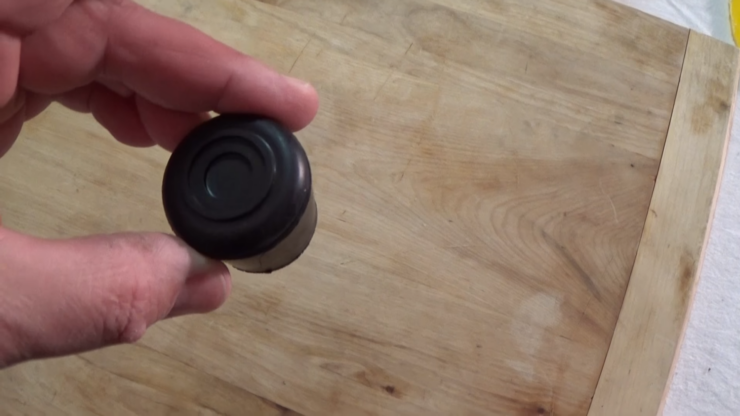
Butt caps are the complete opposite of the tip tops, and they are typically located at the opposite end of your rod. This part is usually made of rubber or another soft material, such as cork. The reason why this part is made of soft materials is that it typically gets positioned against you while you’re fishing.
The butt cap also tends to be additionally protected with covers that help them avoid getting damaged or worn down quickly. These covers are very important not only because they provide additional protection, but because they also provide extra support when you’re fishing.
9. Handle
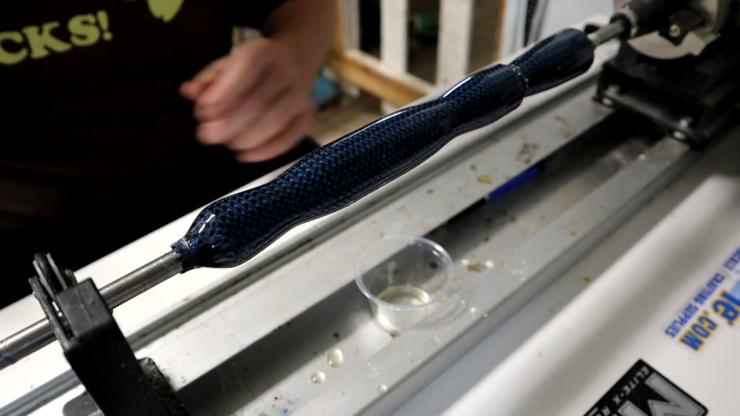
The handle is the part on your fishing rod that you hold with your hands, and it is the main point of contact and weight distribution. The most important thing about the handle of your rod is that it is comfortable.
If you want to have a good and enjoyable fishing experience, you will need a rod with a comfortable handle that offers minimal slippage. In terms of materials, handles are generally made of similar materials to butt caps. You should look for cork or rubber handles and butt caps for the ultimate convenience.
10. Reel Seat
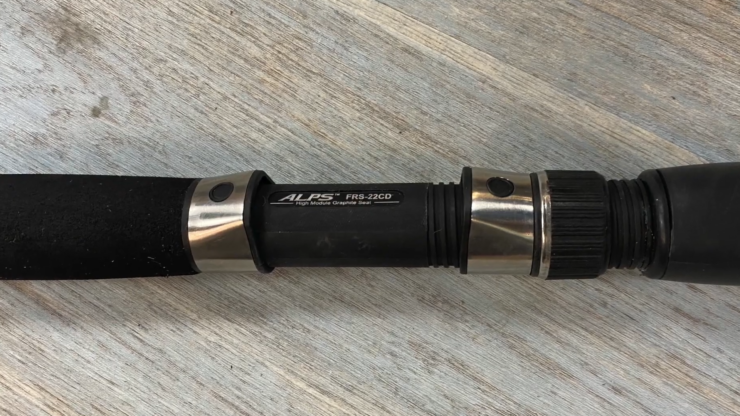
Now, the reel seat is possibly the most important part of the fishing rod. It is essential for casting the line, as well as reeling it, so without a good reel seat, there won’t be much fishing going on.
Reel seats tend to vary wildly in composition, based on a variety of factors, including rod type, length, and weight. To improve your chances of successful fishing, you need to make sure that your reel seat is right for your rod and your fishing style.
11. Blank
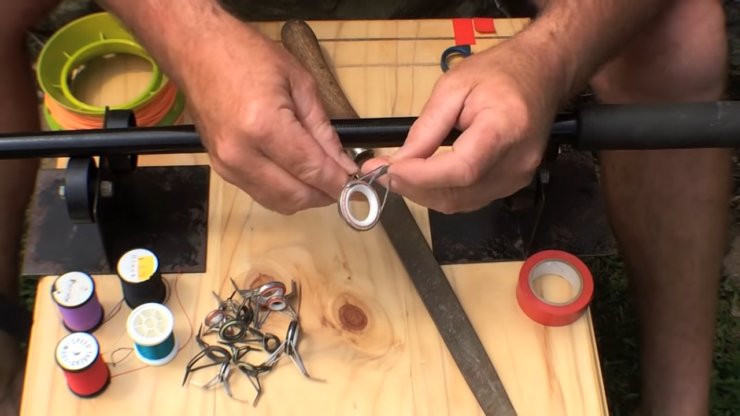
The blank is, basically, the body of your rod. It is also known as the pole, and it is exactly that—the pole to which all the other parts are added. The blank can be made of a wide range of different materials, but the most common ones are graphite and fiberglass. Graphite is more rigid and adds more power, but fiberglass is better for speed.
At the end, which one you choose is based on your personal preference and fishing style.
12. Rod
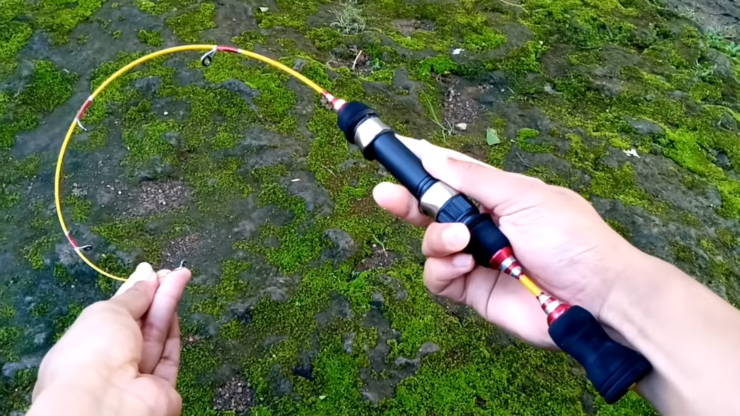
Finally, there are various different types of rods that you should choose carefully based on your needs, experience, personal preference, and fishing style. You can find a plethora of rods that are made for a specific activity, such as ice fishing rods, so you must be careful and think about what you’ll be using your rod for and how prior to your purchase.
Conclusion
Learning about fishing can be a lot of fun, and knowing details about your fishing rod parts, as well as how to choose the perfect rod for yourself, is very important. This is especially relevant if you’re a beginner and not sure where to start looking.
Once you go through our article and follow our guide, you’ll find out all you should know about different parts of a fishing rod, and you’ll be able to choose your perfect one in the blink of an eye! Forget about wasting time, and start fishing like a pro in record time and with ease.
Meet Maria Alexander, the fearless adventurer steering the ship at KayakPaddling.net. Her mission? To convince you that life’s too short for dry land and that the best stories always start with “So there I was in my kayak…”
Related Posts:
- 16 Best Kayak For Beginners 2024 - Kayaking Adventure Gear
- Heavy Duty Fishing: 11 Best Rods And Reels For Big Fish 2024
- 14 Best Fishing Line for Baitcaster 2024 - For…
- 12 Best Rod For Daiwa BG 5000: - The Right Combo For Reel
- 12 Best Beach Wagons & Carts 2024 - For All-Terrain
- 12 Best Motorized Kayak 2024 - Start Your Aquatic Adventure!

